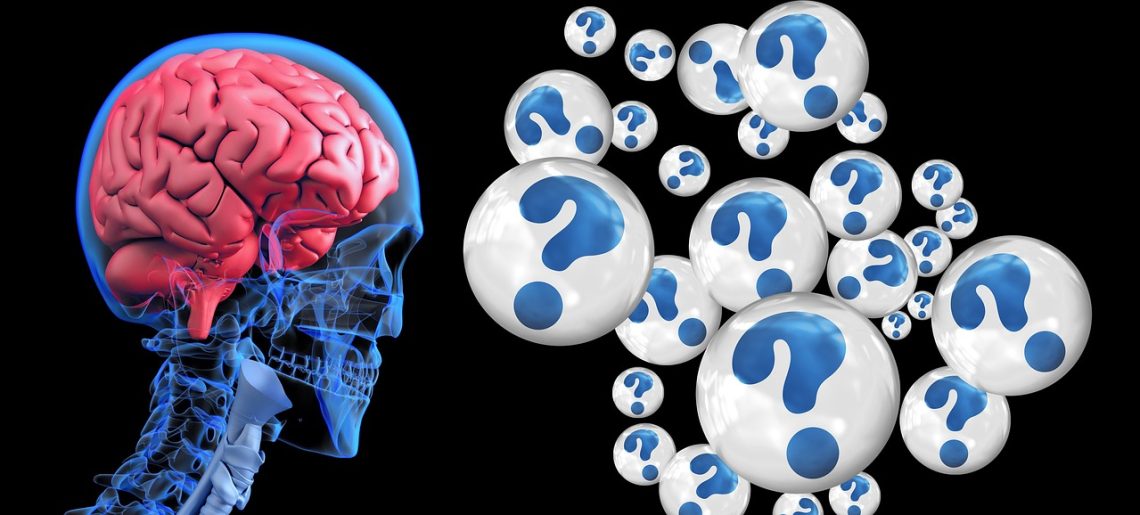
The Human Brain Unveiled: Surprising Facts About Our Most Complex Organ
The human brain is a marvel of nature, an intricate organ that holds the key to our thoughts, emotions, and consciousness. It is often hailed as the most complex structure in the known universe, and it continues to captivate scientists and researchers worldwide. In this article, we will explore some surprising and awe-inspiring facts about the human brain, shedding light on its incredible capabilities and mysteries.
-
The Brain’s Neurons Could Stretch to the Moon and Back
Inside the human brain, there are approximately 86 billion neurons, the brain’s basic building blocks for communication. These neurons are interconnected, forming a vast network. If you were to stretch out all the neurons in the human brain end to end, they could reach from Earth to the Moon and back, a distance of about 477,800 miles. This astonishing network enables the brain to process information, store memories, and control bodily functions.
-
The Brain Is Energy-Hungry
Despite representing only about 2% of the body’s total weight, the brain consumes a significant amount of energy. In fact, the human brain accounts for roughly 20% of the body’s energy consumption. This energy is primarily used to support essential brain functions like thinking, learning, and memory consolidation. It’s no wonder that mental tasks can leave us feeling mentally drained.
-
You Have More Brain Cells Than Stars in the Milky Way
The Milky Way galaxy, our home in the cosmos, is vast and teeming with stars. However, the number of neurons in your brain far exceeds the number of stars in our galaxy. This fact emphasizes the remarkable complexity of the brain. Each neuron can form thousands of connections with other neurons, creating an intricate and dynamic neural network that is capable of producing consciousness, emotions, and thoughts.
-
Your Brain Is Plastic
Neuroplasticity, or brain plasticity, is the brain’s ability to change and adapt throughout your life. This phenomenon means that the brain can reorganize itself by forming new neural connections. It allows us to learn, adapt to new situations, and recover from brain injuries. Neuroplasticity is particularly prominent in childhood but persists throughout adulthood, albeit to a somewhat lesser degree.
-
Dreams Remain a Mystery
Dreams have fascinated humans for centuries, and their purpose continues to be a subject of debate among scientists and psychologists. Despite decades of research, the exact function and meaning of dreams remain elusive. Some theories suggest that dreams serve as a way for the brain to process emotions and memories, while others propose that they are a byproduct of neural activity during sleep. Regardless of their purpose, dreams continue to be a captivating aspect of brain activity.

-
Brain Cells Communicate Using Electricity and Chemicals
Neurons communicate with each other through a combination of electrical and chemical signals. When a neuron receives a signal, it generates an electrical impulse that travels down its length. At the end of the neuron, these electrical impulses trigger the release of neurotransmitters, which are chemical messengers. These neurotransmitters cross the synapses (gaps) between neurons to transmit information from one neuron to the next. This complex system of electrical and chemical communication allows for the rapid transmission of information within the brain.
-
The Brain Is 75% Water
The brain is composed of approximately 75% water, making it one of the most water-rich organs in the body. Adequate hydration is crucial for maintaining brain function. Even mild dehydration can impair cognitive abilities and concentration. Drinking enough water is not only essential for overall health but also for optimal brain performance.
-
The Brain Is Continuously Active
Contrary to the misconception that the brain “shuts down” when we sleep, the brain remains highly active during slumber. In fact, sleep is a dynamic process with different stages, including rapid eye movement (REM) sleep, where dreaming occurs. During sleep, the brain consolidates memories, processes emotions, and performs essential maintenance tasks. It is a crucial part of the brain’s daily routine.
In conclusion, the human brain is an extraordinary organ that continues to astound scientists with its complexity and capabilities. From its vast network of neurons to its role in creating dreams and memories, the brain remains one of the most enigmatic and awe-inspiring areas of scientific study. As researchers delve deeper into the mysteries of the brain, our understanding of this remarkable organ continues to evolve, uncovering even more surprising facts and insights.
You May Also Like

Inside the Schizophrenic Brain
2021-10-06
Astronomy vs. Astrology – What’s the Difference?
2021-08-25


